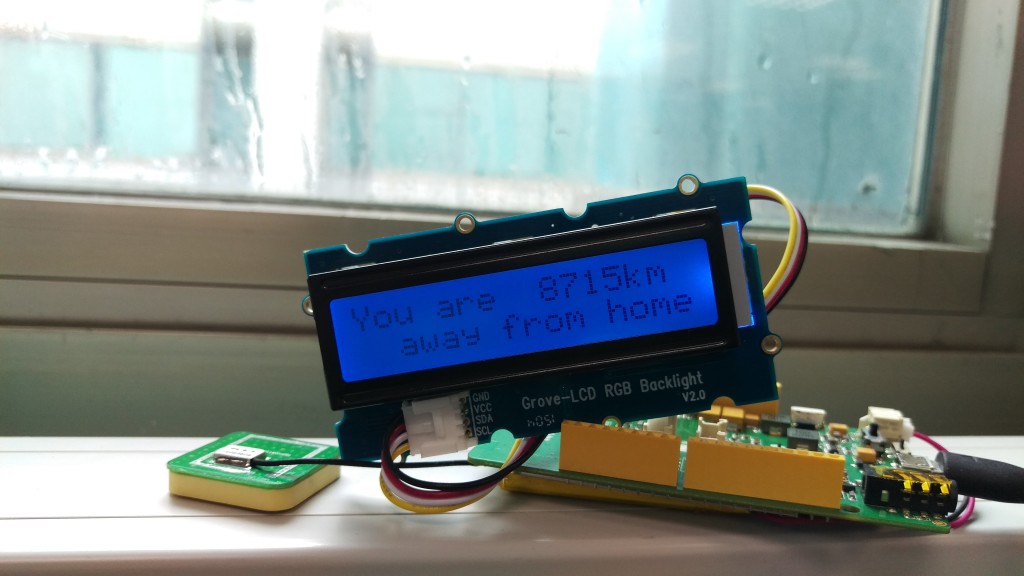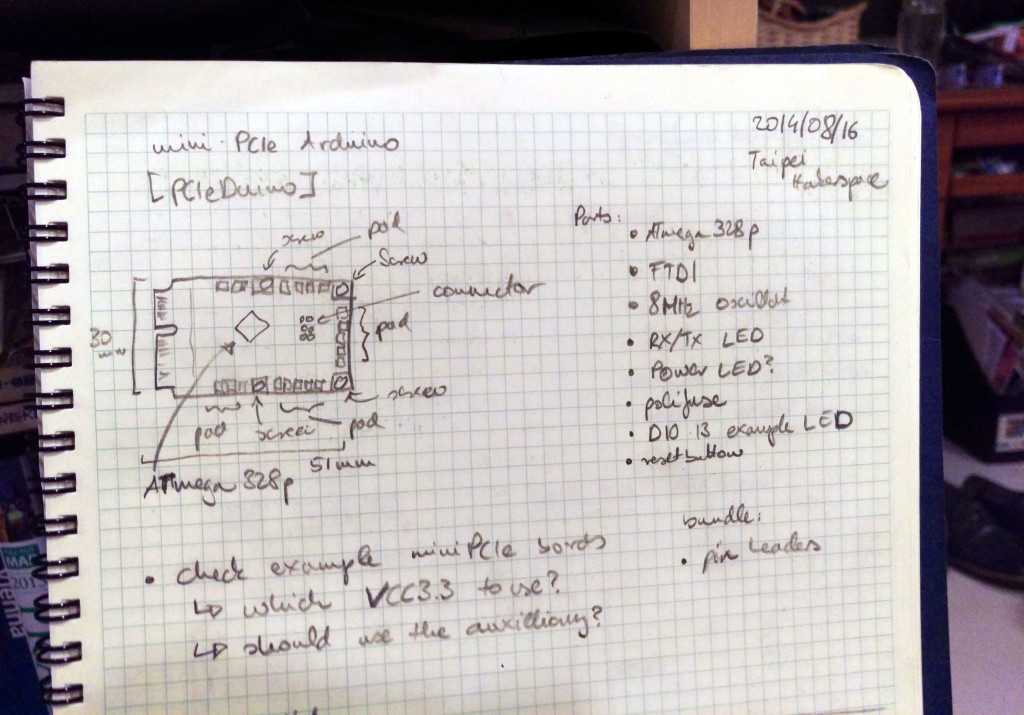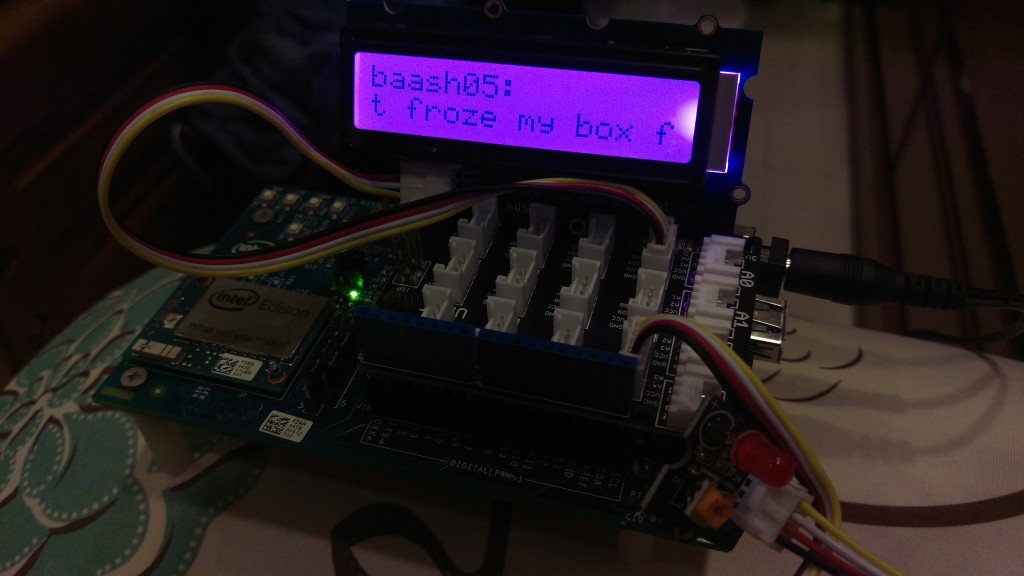A while ago I came across the Formosa (Taiwan) City Plans, U.S. Army Map Service, 1944-1945 collection, in the Perry-Castañeda Library Map Collection of the University of Texas in Austin. I’m a sucker for maps, enjoy learning about history a lot, and I have a lot of interest in my current home, Taiwan – so you can call this a magic mix of cool stuff.
There are 26 maps in the collection, made by the US Army by flying over different parts of the island, and mostly I guess stitching together aerial photographs. The maps themselves were not that easy check in an image viewer, since there’s no context, zoom is clumsy, and have no idea where about half the places should be located. Instead, I thought it would be great to have them as an overlay on top of current maps and satellite imagery on Google Maps.
The result is Taiwan City Maps overlays, which does exactly that. Feel free to click the link and explore right now! In the rest of this post, I try to first show how that page was made, and also some history lessons I gained by making it.



